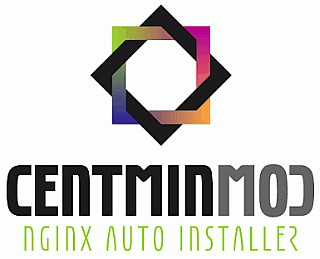This page is used to test the proper operation of the Centmin Mod based Nginx HTTP server after it has been installed. If you can read this page, it means that the Nginx HTTP server installed at this site is working properly. You can further boost your Centmin Mod LEMP stack performance by following configuration tips outlined in How to boost Centmin Mod LEMP stack performance guide.
Disclaimer
Centmin Mod is a free open source software for CentOS Linux that can be downloaded and installed by anybody and was installed on this server by a 3rd party end user with no relation to Centmin Mod. Centmin Mod has no control over and is not responsible for the content contained on this site.
If you are a member of the general public:
The fact that you are seeing this page indicates that the website you just visited is either experiencing problems, or is undergoing routine maintenance or has recently just been installed and not correctly configured yet.
If you would like to let the administrators of this website know that you've seen this page instead of the page you expected, you should send them e-mail. In general, mail sent to the name "webmaster" and directed to the website's domain should reach the appropriate person.
For example, if you experienced problems while visiting www.example.com, you should send e-mail to "[email protected]".
If you are the website administrator:
After Centmin Mod install, follow the Getting Started Guide to setup your Centmin Mod LEMP web server.
You may want to change this index.html file located within directory /usr/local/nginx/html. Note that until you do so, people visiting your website will see this page, and not your content. To prevent this page from ever being used, replace this file (index.html).
